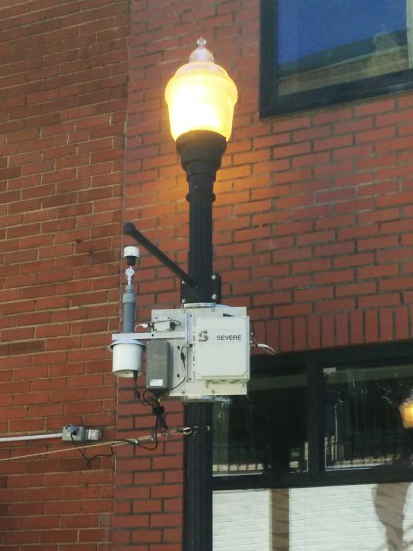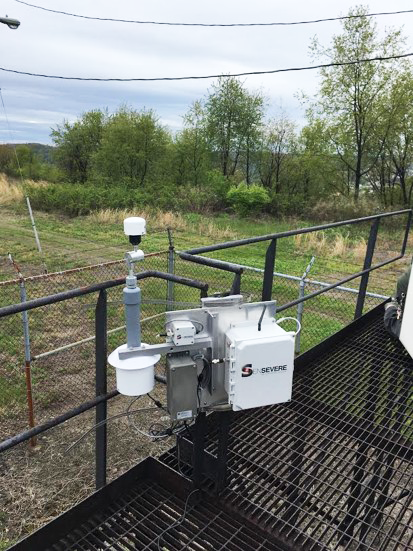COVID and pollution
A team of Carnegie Mellon researchers found that Pittsburgh’s air pollution levels decreased during the stay-at-home order—but the overall impact remains small.
As coronavirus spread, so did reports of lowered pollution, apparently due to shutdowns. Climate scientists, including Carnegie Mellon’s Albert Presto, set out to discover if their local air pollution levels supported these claims. In <a recently published paper, Presto, an associate research professor in the department of mechanical engineering, detailed Pittsburgh’s pollution levels as coronavirus shut down the city.
The shutdown provided a real-world experiment for researchers to study. Presto and his team were able to observe how pollution levels respond if car usage decreases dramatically. As expected, pollution from cars decreased. This was most apparent during rush hour traffic. Before the pandemic, those busy hours had the highest pollution levels, resulting in a spike twice a day. Now, the spike is nearly gone. Unfortunately, this short change will have no long-term effect on the climate.
There was a downward blip in fuel consumption during COVID, but my sense is that we are quickly getting back to normal when it comes to CO2 emissions.
Albert Presto, Associate Research Professor, Mechanical Engineering
“There was a downward blip in fuel consumption during COVID, but my sense is that we are quickly getting back to normal when it comes to CO2 emissions,” Presto said. “A short reduction in emissions like what we had with COVID will have a small overall impact.”
At industrial work sites—which were deemed essential and were allowed to continue operating—the pollution levels remained stable, as expected.
Now, Presto and his team will track changes in emissions as the city begins to open back up and more people venture out of their houses. In addition, they are investigating the impact of restaurants. There was a decrease in restaurant activity during the shutdown because sit-in dining was not allowed. However, as Pittsburgh lifts some restrictions, accommodations for outdoor dining may also have an effect on pollution levels.
“The city of Pittsburgh is closing some streets to vehicle traffic to allow restaurants to use the street for seating space,” Presto said. “We put a few sensors on streets that will close to see if there ends up being a difference between closed streets and ‘normal’ ones.”
The project is a part of the Center for Air, Climate and Energy Solutions. Allen Robinson, department head of mechanical engineering and professor in the departments of mechanical engineering and engineering and public policy; postdoctoral researcher Jiayu Li; and Ph.D. students Rebecca Tanzer-Gruener and S. Rose Eilenberg were also listed as authors on the paper. This project was funded by the U.S. Environmental Protection Agency.


